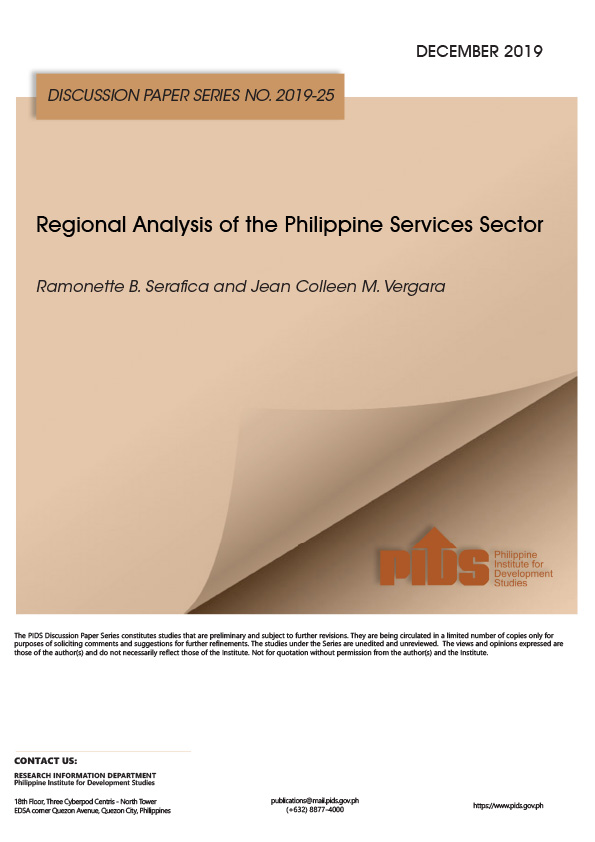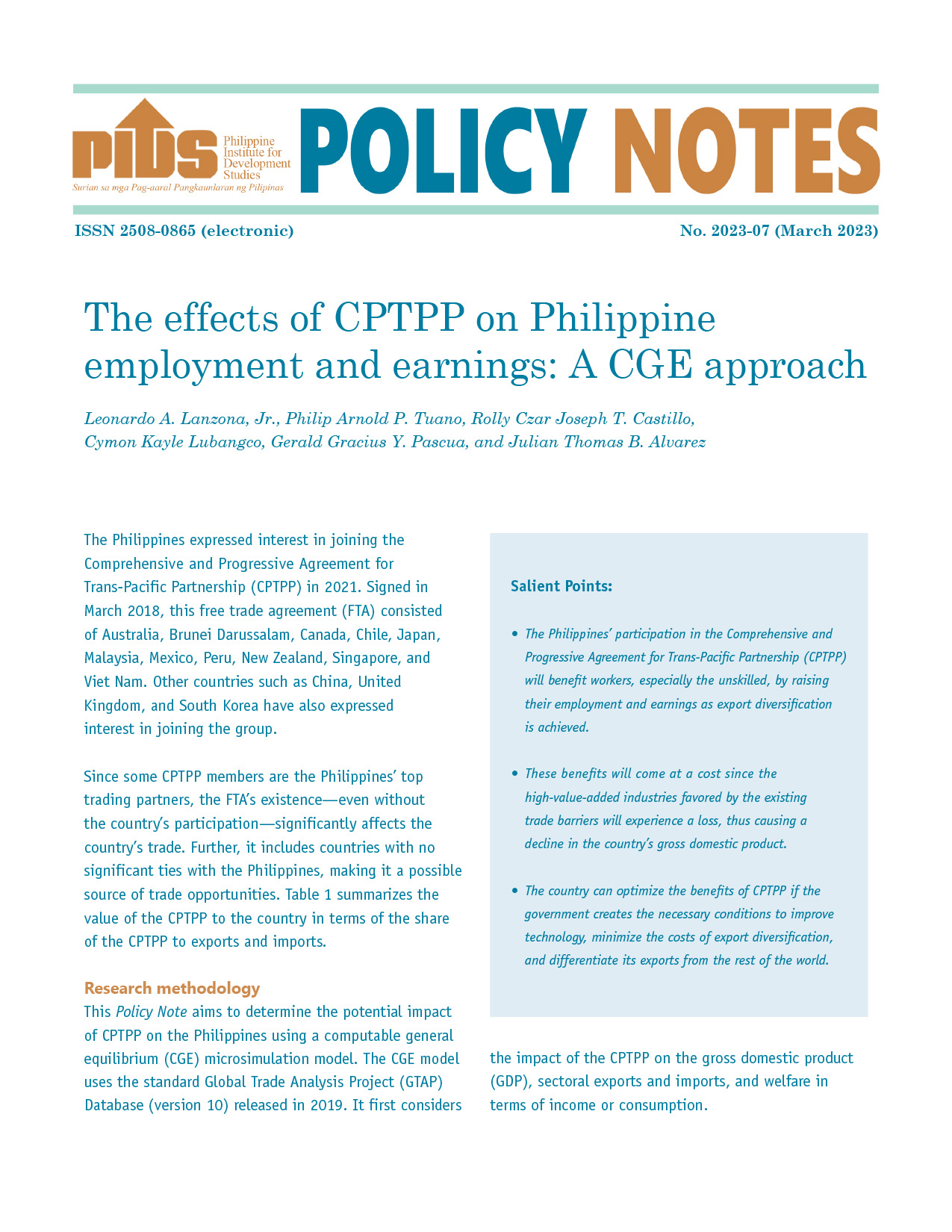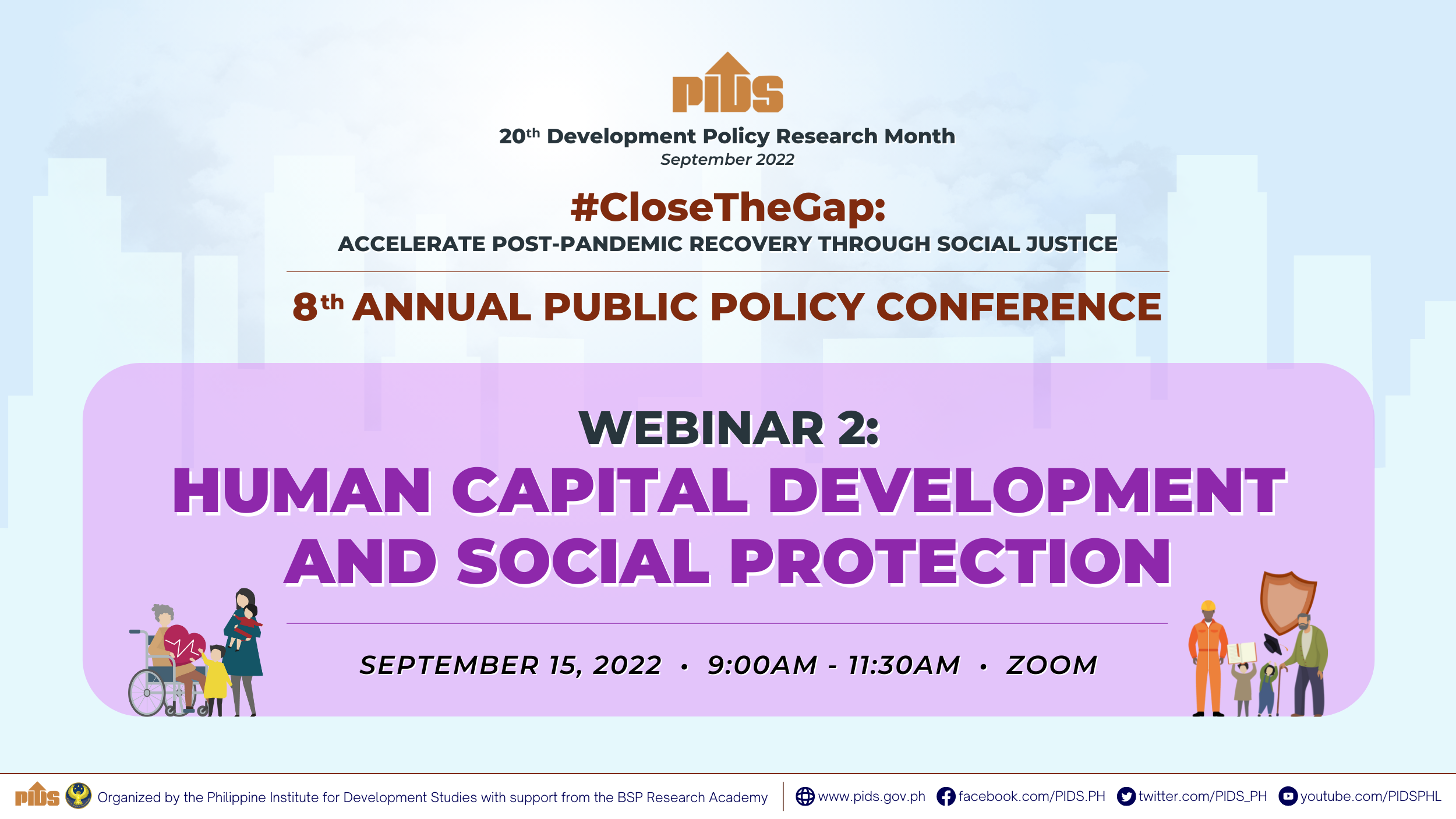The services sector is composed of a diverse range of services--from retail and business services to education and health. Some services are used as inputs in production while others have direct impacts on human capital development.
In the Philippines, services account for 60 percent of its gross domestic product and almost 57 percent of employment. Across regions and subsectors, however, the contribution of services varies. Using a simple shift-share technique is used which decomposes changes into three factors: the national share (growth effect), the industry mix (sectoral effect), and the regional shift (competitive effect), the study reveals that the overall growth of the economy from 2012 to 2018 had a positive impact in all sectors and regions. The sectoral effects were negative in a few industries, however, namely: accommodation and food service activities; arts, entertainment, and recreation; and education. Industry-specific factors in education services were quite strong that the dynamism of the economy failed to offset the industry mix effect. Shift share is a purely descriptive tool and further analysis will be needed to explain the factors that influence sectoral changes and a region’s economic potential and constraints. As services are critical in the production process, human capital development, as well as in enhancing the quality of life more broadly, understanding its growth drivers and inhibitors and addressing the locational weaknesses in relevant industries will be useful in promoting regional growth and a more balanced economic development of the country.
Citations
This publication has been cited 3 times
- Ibañez, Jenina. 2019. Service sector gains 4 million jobs between 2012 and 2018. BusinessWorld.
- Mindanao Daily. 2020. PH services sector scores significant growth in employment, says PIDS. Mindanao Daily.
- Villarin, Tom. 2020. Return to a bleak, not better normal. Rappler.













